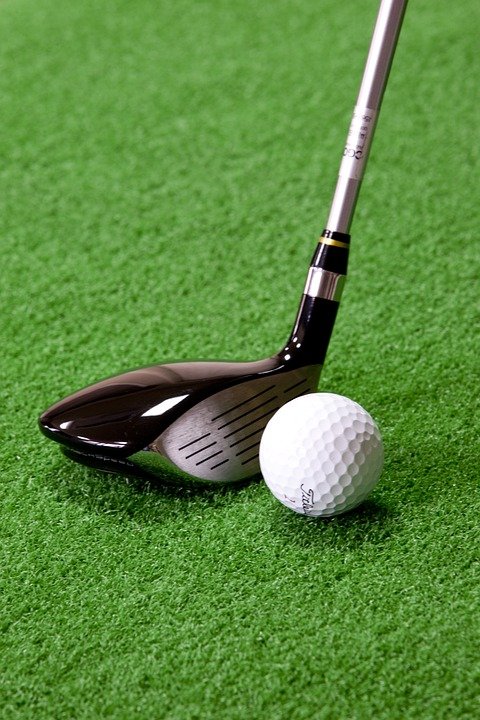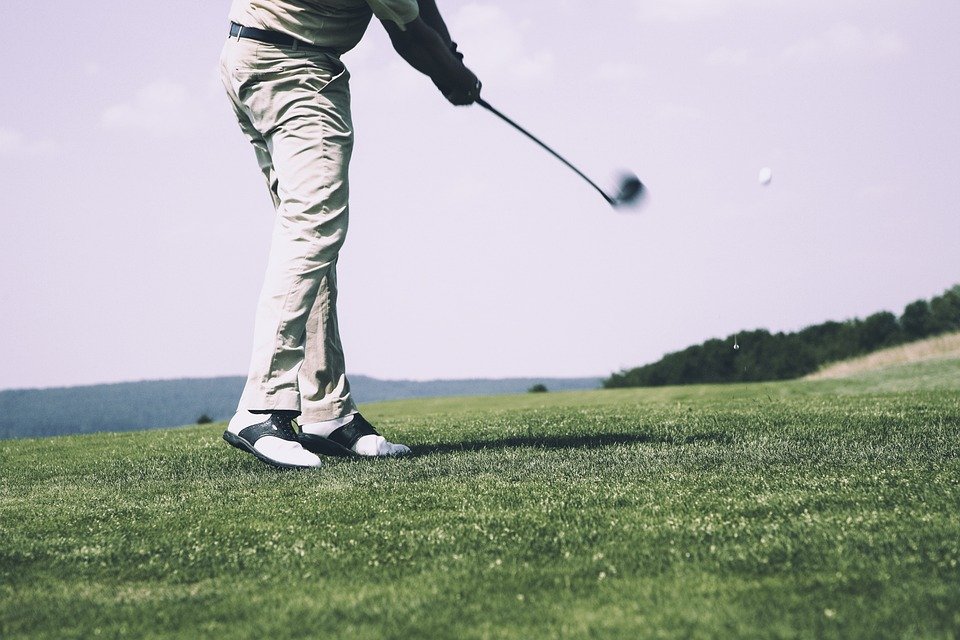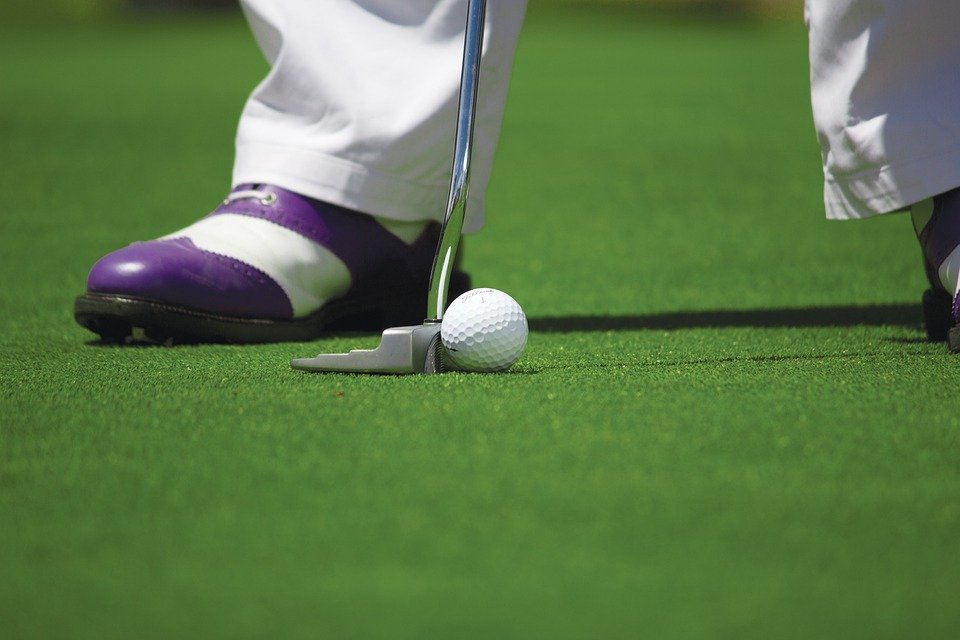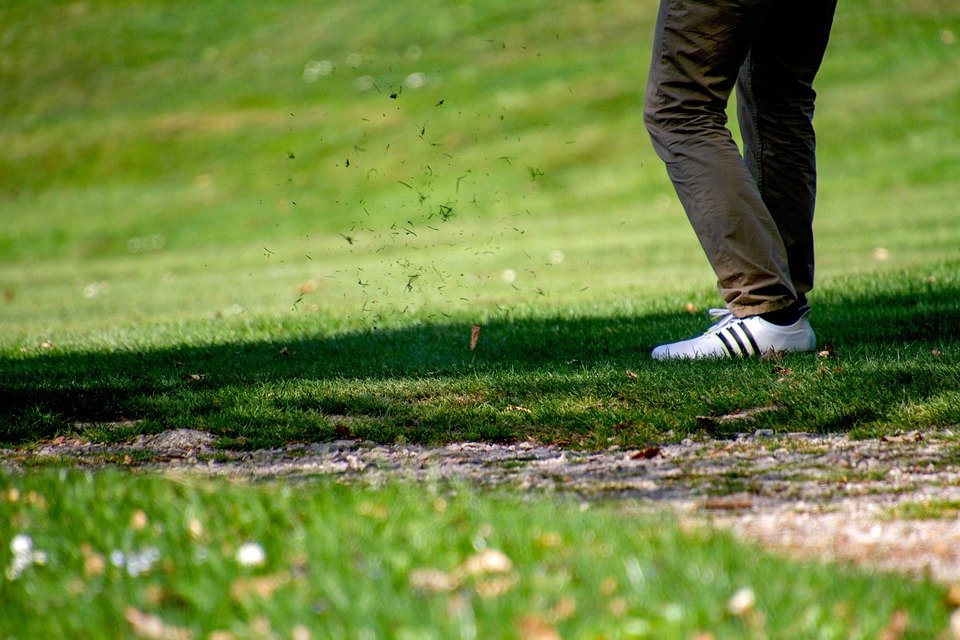How to Play Indoor Mini Golf – A Beginner’s Guide
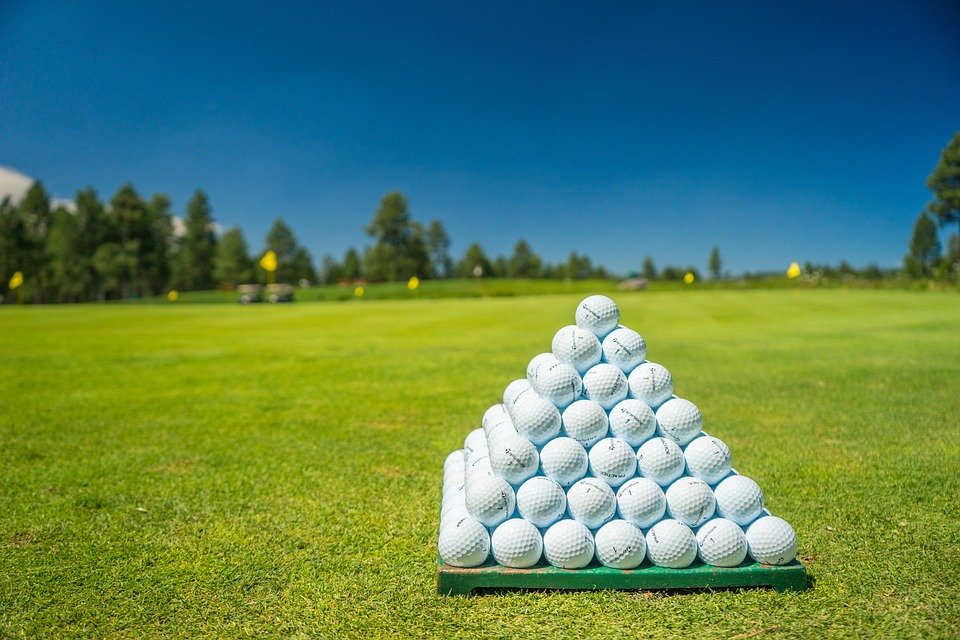
Indoor mini golf
Indoor mini golf or putt putt, the name by which the game is known is a little brother to the world famous game, golf. Miniature golf uses a smaller version of the golf club known as a putt putt hence the name Putt putt.
The miniature golf ball invented between the late 19th and early 20th centuries grew exponentially with the advent of miniature golf courses. Actual courses and courses, mini golf tournaments, and professional players have taken the sport as a career. Mini golf has recently evolved from being played on outdoor courses to becoming an indoor sport with glow in the dark lights adding color to the game especially when played at night.
Away from the history and growth of the sport, let’s play some mini golf. Just like in Jack Nicklaus, the main objective of mini golf is to get the golf ball into a hole in as few strokes as possible. You need to choose a racket that is approximately the height from your feet to your waist. At this length, you are halfway to becoming an expert putt putt.
How to carry a racket
Similar to regular golf, the second key to mini golf is grip. This is how you hold the racquet to ensure that your stroke directs the ball exactly where you want it. Remember that you need to get the ball into the hole in as few strokes as possible. The hand that goes first for the perfect grip is your dominant hand, i.e. the hand that is the hand you “go to” whenever you are asked to use it. Reach out to the racket and shake the racket handle. The second hand comes after the first but is placed behind the handle, and this type of grip is known as the backhand grip. Other forms of fist are the overhand grip and the overhand grip. The two are not commonly used but this is important to know because different people may prefer one grip over another mainly due to body structure. The forehand is similar to the backhand, but the hands are further apart. It uses upper body strength leaving less effort on the hands compared to the back. Finally is the overlap. Here the dominant hand is held under the less dominant hand. This grip concentrates a lot of grip strength in keeping the putter under control and is the least popular among professional miniature golfers.
Posture for the swing
After you’ve mastered the grip, you’re almost ready to start playing. Place the ball in front of you and make sure that the ball and the tip of your toes form a triangular shape relative to each other. This is known as the stance. Your feet should be approximately 30 cm apart from each other pointed forward. The stance is used to achieve a good swing without losing your balance and therefore having a bad swing. In the words of Jack Nicklaus, “The right setup gives you a good chance of hitting a reasonable shot even if you make a mean swing.” The farther the feet are from each other, the greater the stability, but they also increase the force needed for this pendulum motion to make the ball roll.
Then comes the goal. The racket has a line at the top. This line is known as the target line. It helps tell you which direction the ball will roll after your swing. So the aiming line must always point to the hole, so the ball will roll in the same direction. Make sure the paddle is lined up horizontally with the ground before taking the picture.
take a swing
Finally swing. For the uninitiated, it can be tempting to get a Tiger Woods swing but remember that no-golf lands are not here so this swing could do you damage since you are playing on the inside. Mini golf uses a putting stroke, and it doesn’t take much effort. The racket should swing but never past your waist. Sometimes, the smaller the strokes, the fewer times you need to get the ball into the hole.
Testing Range
After practicing these skills, you are ready for the course. Get the ball at the beginning of the green. Usually, the boundary is demarcated using a black marker where you place the ball. If it is a competition, each player in the game must choose a different colored ball to avoid confusion during the game. Everyone has a stroke. The one whose ball is closest to the hole gets the next swing. If the ball does not enter the hole by the sixth swing, the person with the next closest ball takes the swing.
While playing indoor mini golf, you may find yourself in a situation where the ball rests next to a wall. According to the rules, you are allowed to move the ball the length of the club head for a proper swing
All in all, mini golf is a great game to share with the family on the weekend. The rules are very simple and victory does not depend so much on physical strength, so little ones and grandparents don’t feel like they’re at a disadvantage to participate. Weather or time is also not a factor when playing the game since it is indoors which increases the fun. In terms of advantages, mini golf can also be developed using old hole cups and a small putter. Pillows and chairs can act as hazards that make the game more challenging. By keeping score, the outdoor experience can be simulated with just as much or even more fun.
